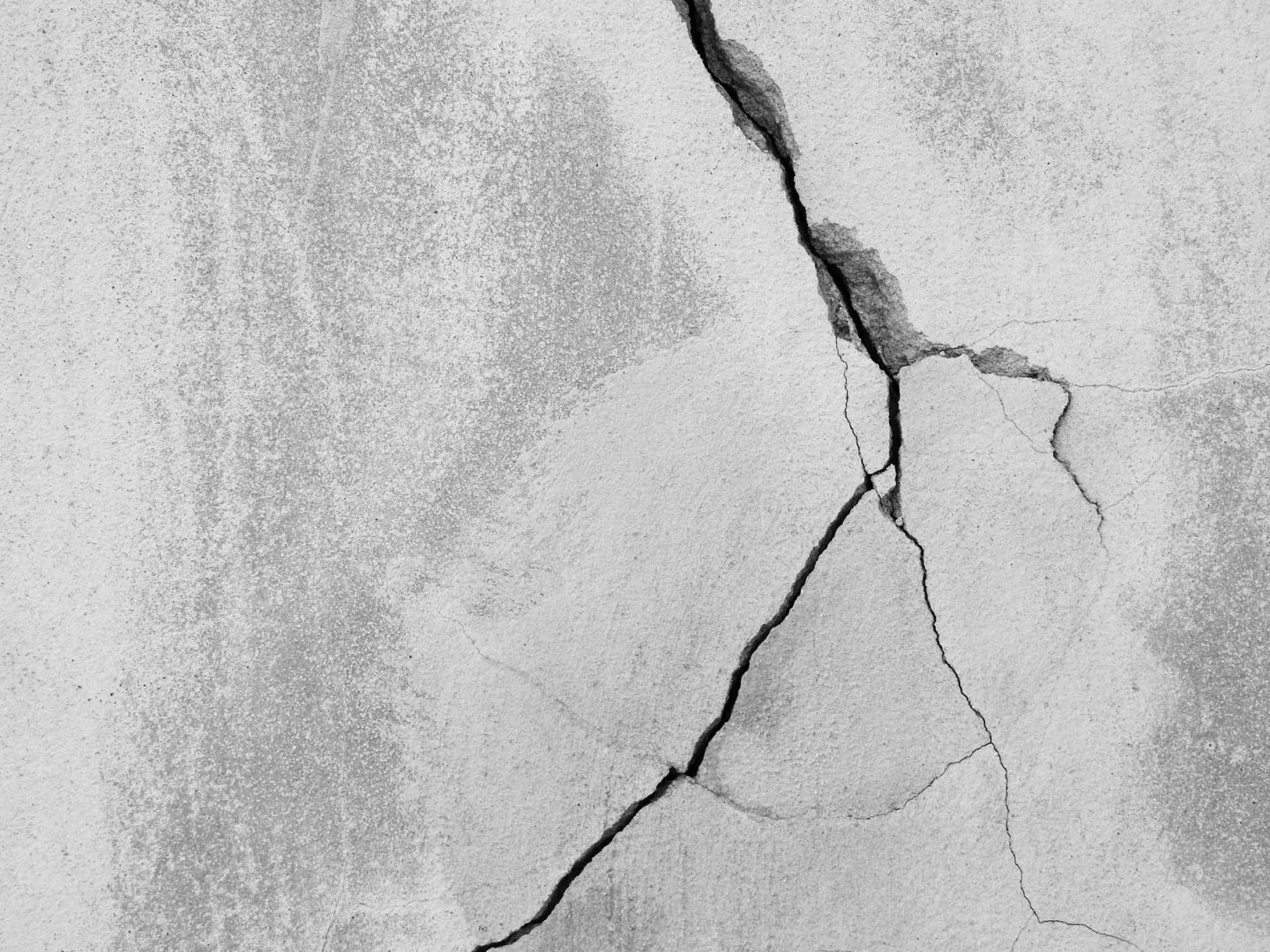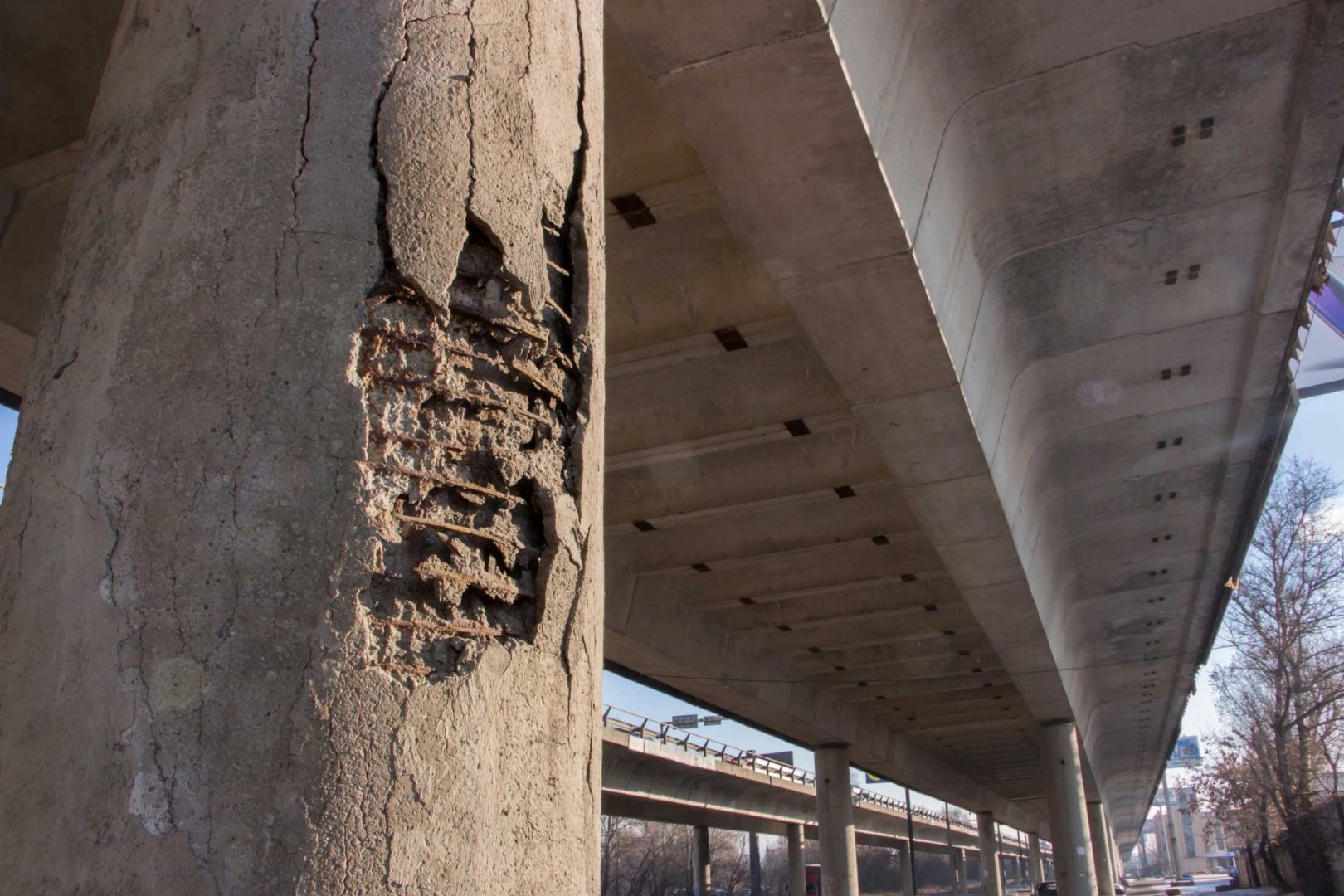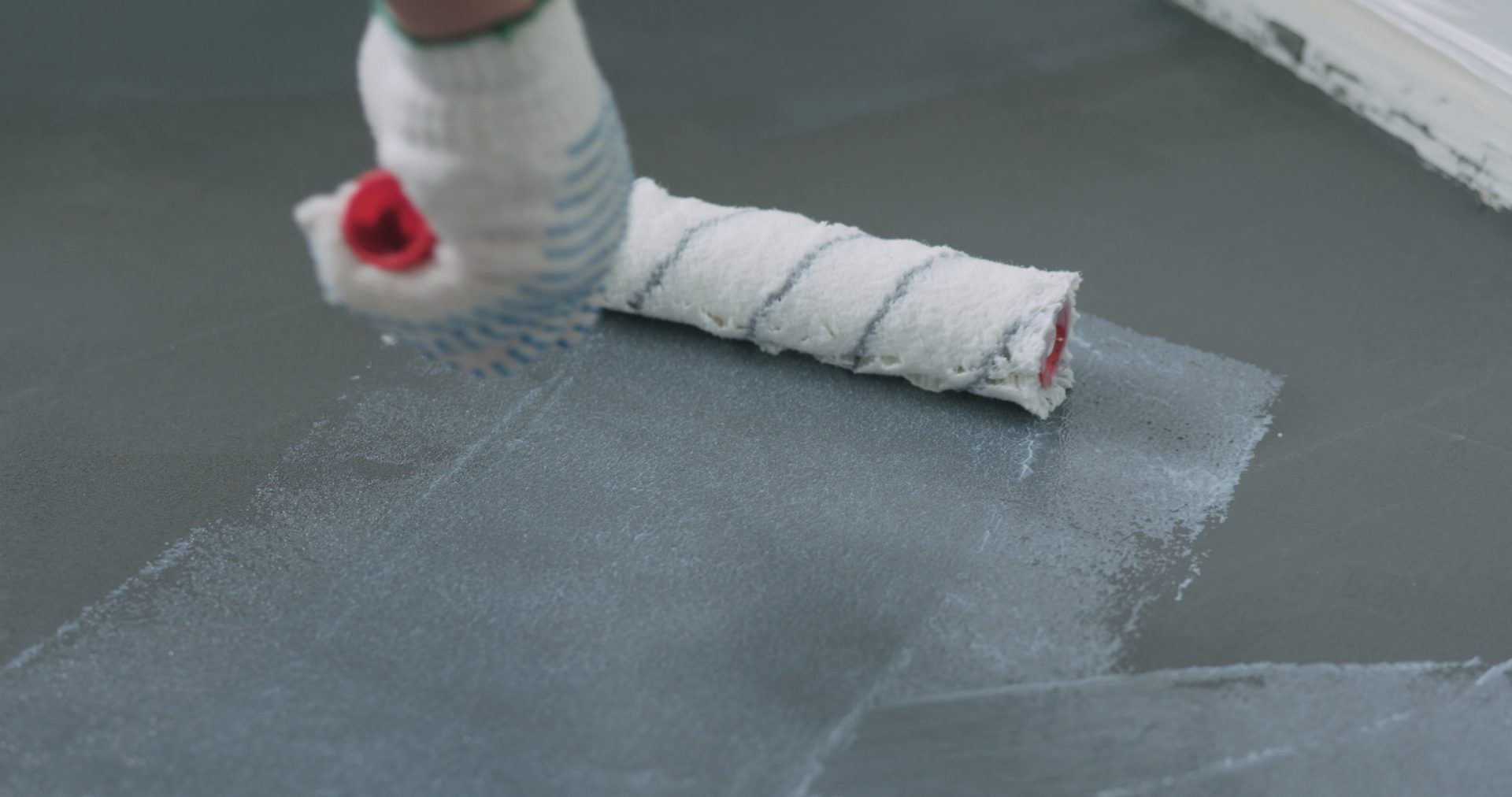Concrete is an extensively used building material as it is incredibly strong and robust. However, concrete surfaces can often experience a lot of wear and tear and consequently, become exposed to damage. Unprotected concrete is rather porous and prone to absorbing all sorts of liquids, along with being prone to substances that can cause concrete to deteriorate, such as carbon dioxide and chlorides. The way to prevent and repair such damage is to coat the concrete with a protective coating. A concrete protective coating is any coating that helps to protect a concrete surface from things like general wear and tear, crumbling, moisture, storm damage, abrasion, damage from harsh chemicals and so on. Although exterior concrete surfaces are often protected by simply adding several coats of paint, when it comes to high-traffic areas such as concrete floors, applying a coat of paint is not usually good enough.
Why concrete needs to be protected with coatings?
Concrete protective coatings can protect against an extensive range of structural issues including wear and tear, crumbling, moisture, weather damage, contamination, chemical spills, easier cleaning and maintenance, hygiene issues, and aesthetic degradation. Concrete floor protection also makes the floors far easier to clean and keep hygienic. While some coatings are all about concrete protection, others have been designed also to improve the aesthetics of the concrete surface. Aesthetics are important, but the main reason to protect concrete surfaces, especially the floors, is to prevent the aforementioned occurrences as well as to avoid contamination of the floor space in certain environments, such as food production. Another key reason is to render a floor non-slip, which is vital in commercial environments where there is the possibility of water or other moisture on the floors, making them hazardous. Other protective coatings protect the concrete from things like chemical spills and other corrosive substances.

How to protect concrete in water?
Being a porous material, when concrete is immersed in water on certain occasions such as for bridge pylons, it will need to be sealed to stop absorption of corrosive and damaging water.
Polymer-modified cementitious coatings have been successfully used to protect concrete that is constantly exposed to, or immersed in water. These coatings are also employed to provide concrete protection for potable water plants and the like. These coatings also provide a degree of flexibility, which is important as this allows the polymer coating to seal things like hairline cracks, where a degree of movement might be likely due to expansion and contraction through temperature extremes.
Epoxy coatings are not recommended for concrete that has a moisture content greater than 4%, as this moisture can prevent the epoxy from effectively binding to the concrete surface. For concrete that has a higher moisture content, an epoxy-cement mixture can be used to form a solid bond.
Other methods of waterproofing concrete include densifiers, crystalline mixtures, and water repellents, such as a variety of concrete sealers.

Types of protective coatings
There are several different types of concrete protective coatings however, it is important to choose the most suitable one. It needs to be selected considering factors such as location, conditions, the environment and so on.
- Epoxy coatings that cover the concrete and concrete sealers prevent liquids and other destructive contaminants from entering the concrete and, just as importantly, from breaking the bond between the concrete and the reinforcing rods embedded within it. Some concrete protective systems are rigid while others are known as being plastic-elastic or elastic systems, designed to enable some flexibility for areas like joints or where the slight movement of the concrete is likely, such as on a bridge, for example.
- Polished Concrete Surfaces – Polished concrete floors need to be coated with a protective sealer to maintain their look and integrity. The term “polished concrete” is rather generic and relates to a number of different decorative concrete floor coverings.
- Industrial Concrete – When it comes to concrete used in industrial areas, there are a variety of different protection systems available, depending on the environment and what types of chemicals or substances the surface might be subjected to.
- Concrete in Extreme Environments – Resources and heavy industry often use concrete structures for manufacturing and storage purposes. Conditions in these environments can be extremely harsh, ranging from highly abrasive materials to enduring temperature extremes. In order to withstand extremes and prevent failure of surfaces and structures, concrete requires special protective measures.
- Concrete in Water and Wastewater – Water and wastewater plants and facilities face their own unique challenges when it comes to protecting concrete surfaces. For potable drinking water, the challenge is to ensure surface integrity is maintained at all times so the water cannot become contaminated, and also to guarantee that the surface itself doesn’t contaminate the drinking water supply. Wastewater is also being recycled these days, so it’s vital that even wastewater remains free of any contaminants and that facilities are fail-safe due to concrete protection measures.
- Concrete Densifiers – Concrete densifiers chemically react with the pores in the concrete, creating a calcium silicate hydrate within those pores. This increases the strength and density of the concrete. If concrete is weak and surface abrasion is occurring, then a densifier is the answer.
- Concrete Water Repellents – Water absorption can cause spalling, cracking, staining, freeze or thaw damage. Water-repellent sealers are designed to reduce the occurrence of these issues. Once again, a chemical reaction takes place within the pores of the concrete; a hydrophobic barrier is created that causes liquids and water to bead on the surface rather than being absorbed into the concrete.
- Acrylic Sealers for Concrete – Concrete with a glossy surface will be enhanced by coating it with an acrylic sealer. The protective surface film created by the sealer will protect the concrete from water absorption, as well as surface abrasion and help maintain the aesthetic appeal of the glossy surface.
- Mortars and Pore fillers – Repair mortars, smoothing mortars and pore fillers are other products used to both repair and protect concrete structures from deterioration.
- Aesthetic coatings – When it comes to aesthetics for concrete surfaces such as flooring, for example, an epoxy resin coating or a decorative coating is one of the most commonly used finishes to create a pleasant appeal. These coatings then need to be sealed to protect them from wear and tear. In some instances, just painting the concrete surface with several coats of paint provides enough protection from the elements and gives the concrete structure an aesthetic appeal.

There are many concrete protection solutions available and the right one depends on the environment your structure or floor is in, how much wear and tear the concrete receives, whether it’s subjected to things like harsh chemical spills if aesthetics are important if surfaces need to be non-slip and so much more. To get it right and to make the correct decisions when it comes to protecting or repairing concrete in your premises, it is important to consult and work with industry experts to determine the most suitable approach to achieve the desired outcome. It’s worth putting the time and money into protecting those vital concrete surfaces and floors, as your space and structure’s longevity will depend on the overall quality and integrity of the concrete.
For more information on our services, take a look at our webpage or request a free quote.
contact us today
